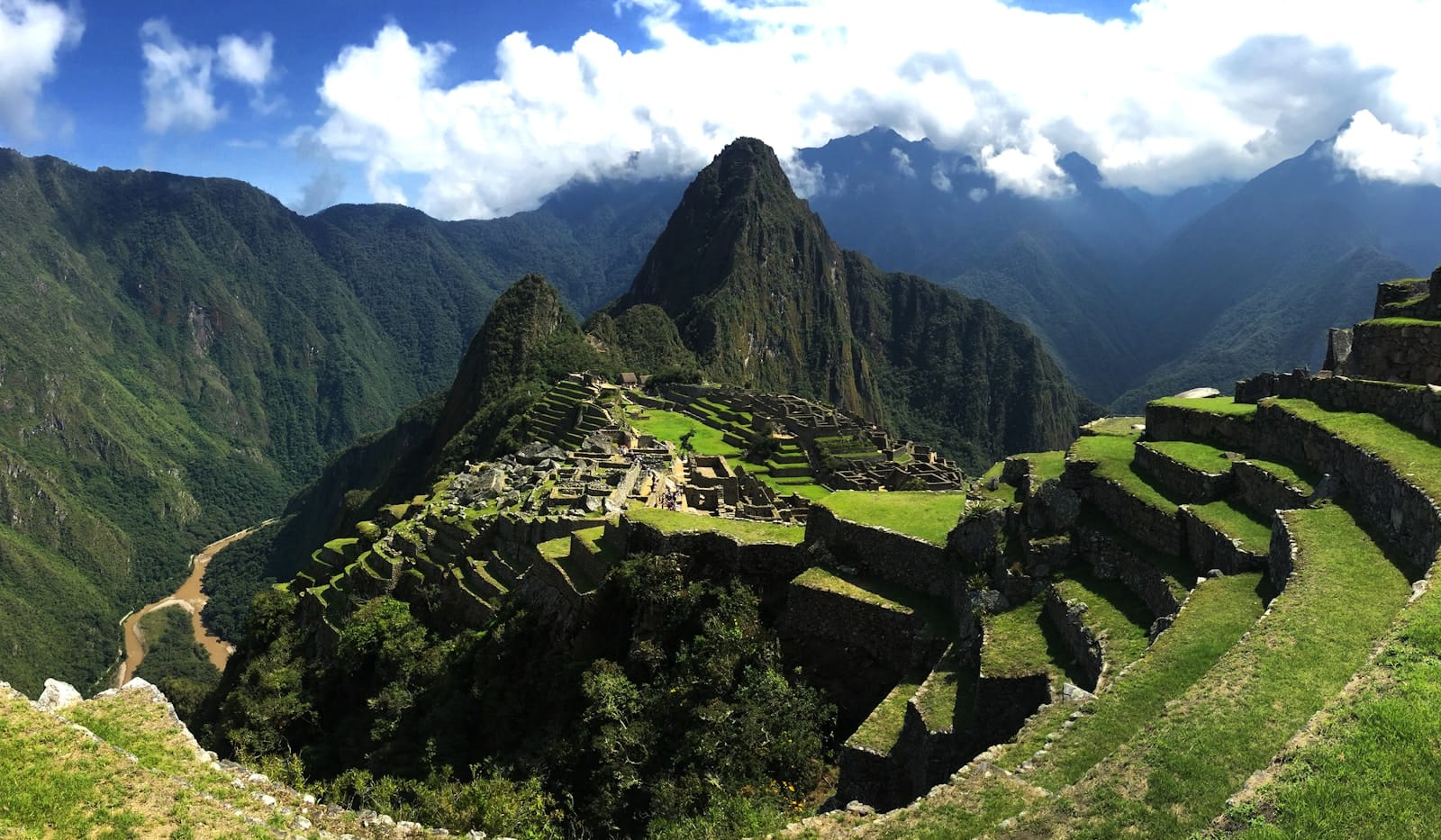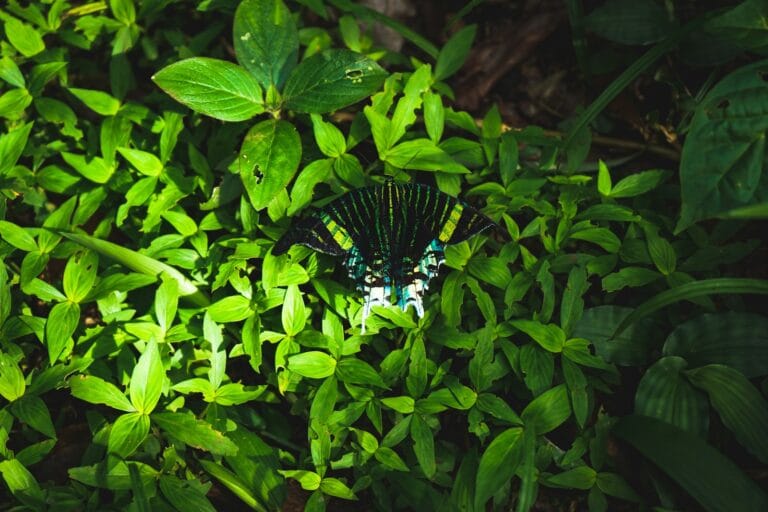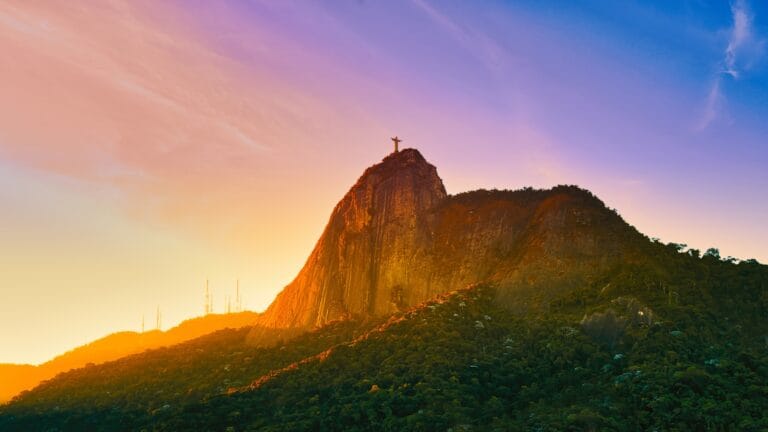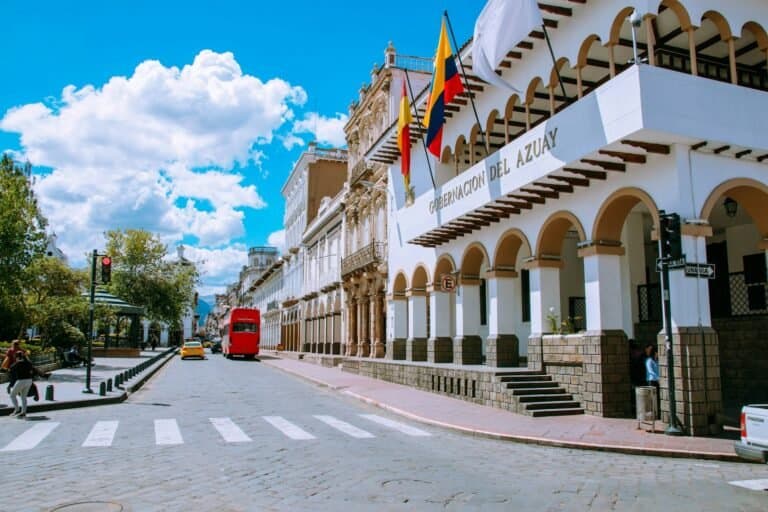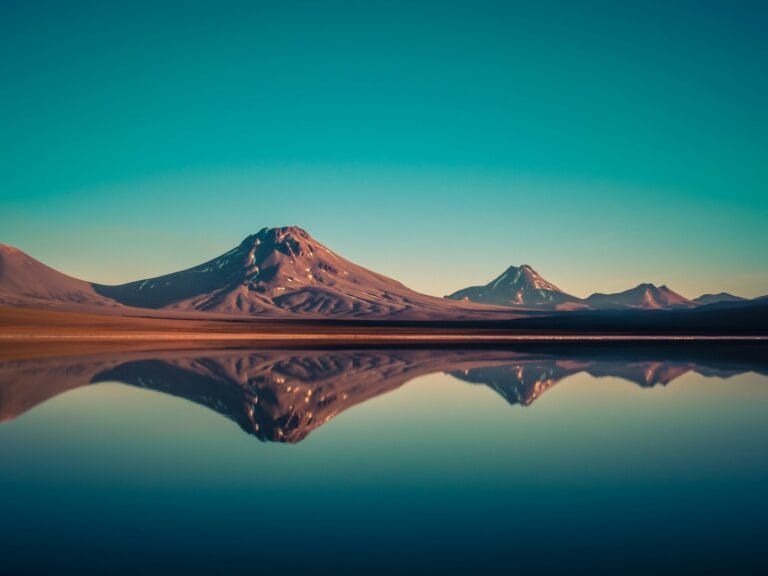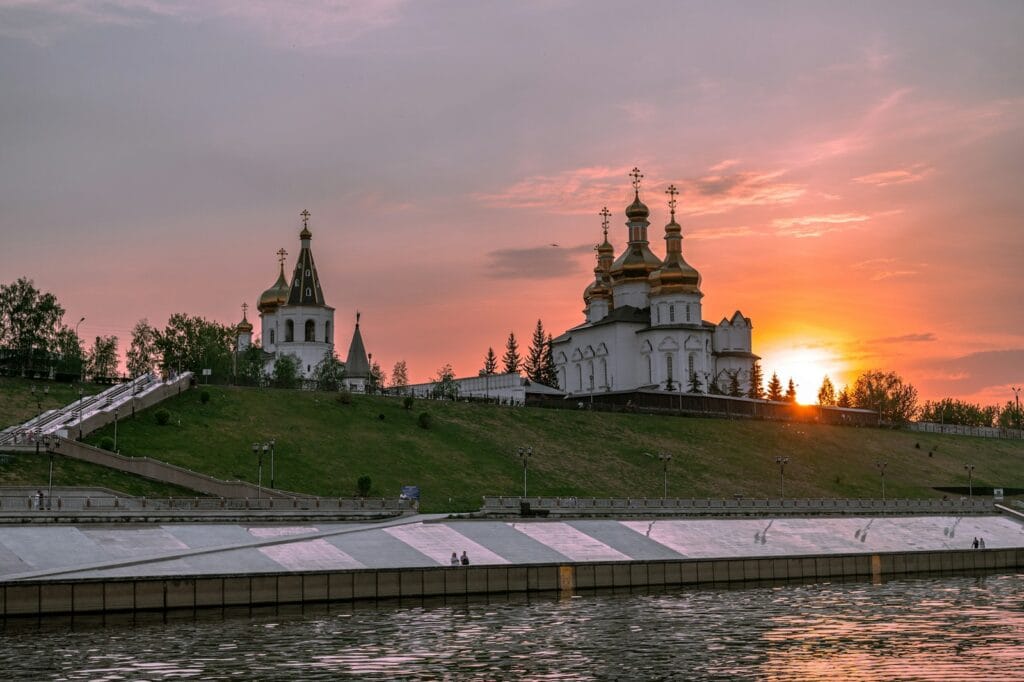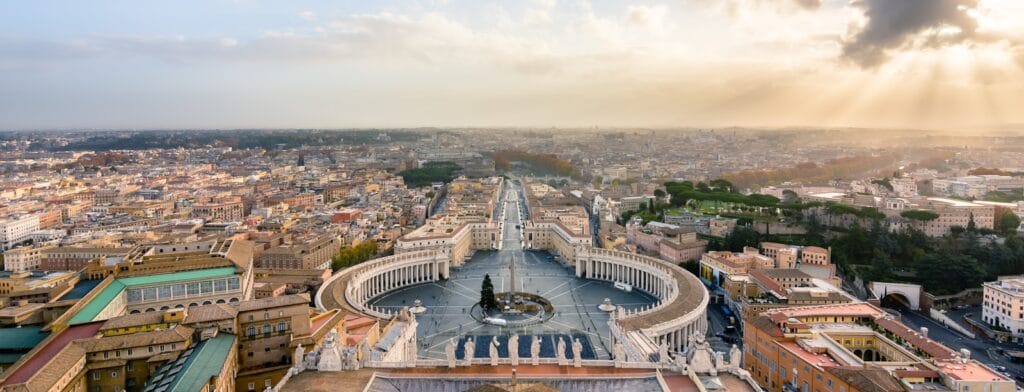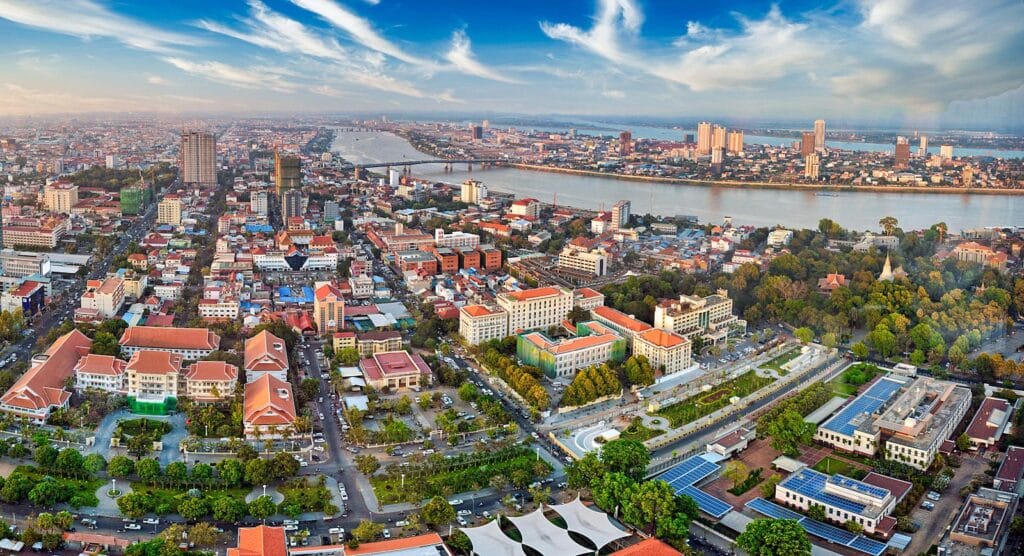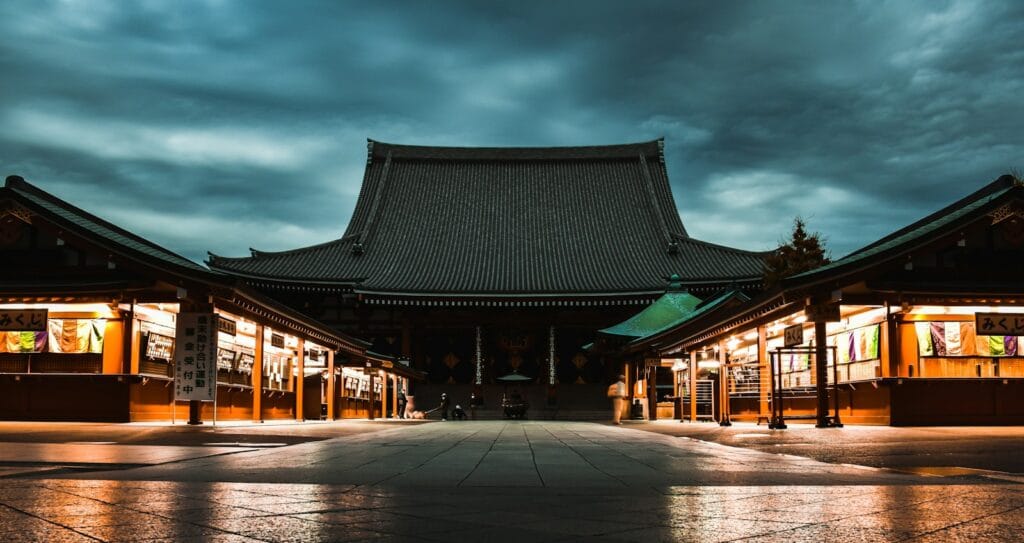Machu Picchu Attractions: Incan Wonders, Sacred Valleys & Timeless Treks
Explore Machu Picchu Attractions
Perched high in the Andes Mountains of southern Peru, Machu Picchu is more than just a destination — it’s an experience that transports travelers into a mystical past. Once lost to the outside world, this 15th-century Incan citadel continues to captivate visitors with its dramatic cliffs, precision stonework, and panoramic vistas draped in clouds.
Whether you’re hiking the Inca Trail, arriving by train, or seeking spiritual connection among ancient ruins, Machu Picchu embodies the intersection of adventure, archaeology, and awe. Expect altitude-challenging hikes, sunrise views over emerald valleys, and a palpable sense of sacred heritage woven through every stone.
Planning a visit? Don’t miss our curated Machu Picchu Tours page for guided treks, heritage tours, and immersive experiences.
💡Quick Facts:
Continent: South America
Country: Peru
Area: ~325.92 km² (protected archaeological park)
Population: No permanent residents; closest town is Aguas Calientes (~4,500 people)
Density: N/A (heritage site)
Capital: N/A – part of Urubamba Province, Cusco Region
Regions/Subregions: Andes Mountains, Sacred Valley
Language(s): Spanish, Quechua; basic English in tourism zones
Currency: Peruvian Sol (PEN)
Time Zone: Peru Time (UTC−5)
Airports (Nearest): Alejandro Velasco Astete Airport (CUZ) in Cusco
Climate: Subtropical highland – wet summers, dry winters
Known For: Inca citadel, UNESCO site, hiking, bucket-list tourism
🛂Arrival Info:
Nearest Major Airport
Alejandro Velasco Astete International Airport (CUZ) – Cusco
Distance to Machu Picchu: ~75 km (~47 miles)
Type: Domestic and regional
Main Routes: Flights from Lima (1 hr), Arequipa, La Paz (Bolivia)
Airport to Train Station:
– Taxi or transfer to Poroy (~30 min) or Ollantaytambo (~1.5–2 hrs)
Step-by-Step Arrival Options
Option 1: Train + Shuttle
From Cusco/Ollantaytambo:
– Train to Aguas Calientes via PeruRail or IncaRail
– Duration: 1.5 to 3.5 hours, depending on departure point
– Book early for high season (April–October)
From Aguas Calientes to Ruins:
– Shuttle Bus (Consettur): 25 min uphill ride (~$24 round-trip)
– Runs every 10–15 minutes from 5:30 AM–3:30 PM
– Tickets at Consettur
Option 2: Trekking Routes
Inca Trail (Classic):
– 4-day hike, permit required months in advance
Alternative Treks:
– Salkantay, Lares, or Inca Jungle
– Guided tours only; end with arrival to Aguas Calientes or direct to Machu Picchu gate (limited)
💉Health Info:
Altitude Warning: Machu Picchu sits at ~2,430 m (7,970 ft); Cusco is higher (~3,400 m)
Altitude Sickness: Common in Cusco; acclimatization suggested before hiking
Vaccines Recommended: Hep A, Tetanus, Typhoid (if exploring rural Peru)
Travel Insurance: Essential due to limited onsite medical care
Emergency Care: Available in Aguas Calientes; major care in Cusco
Travel health updates — get coverage here
Stay Informed with Official Updates: World Health Organization – International Travel and Health | Centers for Disease Control and Prevention – Global Travel Health
🚨Travel Advisory:
afety Level: Generally safe; tourism is tightly controlled
Risks: Altitude sickness, slips/falls on trails, scams in Cusco or Aguas Calientes
Stay Informed with Official Updates: US Travel Advisory | UK Foreign Travel Advice
📅Holidays:
Inti Raymi (Festival of the Sun): June 24 – major events in Cusco
Holy Week & Easter: High tourist demand
Peru Independence Day: July 28 – park remains open but busy
Book permits well in advance during holidays and peak months.
💰Money Matters:
Currency: Sol (PEN)
Cash: Essential in Aguas Calientes and trail-side vendors
Cards: Limited acceptance; bring cash for souvenirs, snacks, tips
ATMs: Available in Aguas Calientes and Cusco only
Tipping: Common for guides, porters (10–15% standard)
✈️Airports:
Alejandro Velasco Astete International Airport (CUZ) – Cusco
Distance to Machu Picchu: ~75 km (~47 mi) + train/bus
Connections: Domestic and regional (Lima, Arequipa, La Paz)
Next Steps: Taxi/bus to Poroy or Ollantaytambo → train to Aguas Calientes → shuttle or hike
🚍Transport:
Access Routes:
Train: PeruRail or IncaRail from Cusco/Poroy/Ollantaytambo to Aguas Calientes
Hike: Classic Inca Trail (4 days, permit only), or alternate routes like Salkantay
Bus: From Aguas Calientes to site entrance (~25 mins)
Tickets & Entry: Must be booked in advance through machupicchu.gob.pe
📶Connectivity:
Wi-Fi: Available in most hotels/hostels in Aguas Calientes
Cell Service: Limited around ruins; better in the town
SIM Cards: Claro, Movistar available in Cusco or Lima
Note: No mobile coverage at the archaeological site itself
📜Laws & Etiquette:
Entry Rules:
– No plastic bottles or food allowed inside
– No trekking poles without rubber tips
– Tickets and ID must match for entry
– Time slots enforced (morning/afternoon)
Cultural Sensitivity: Respect sacred areas, don’t touch ruins
Dress Code: Hiking-appropriate; respectful in rural villages
LGBTQ+ Travelers: Peru is conservative, but tourist zones are generally tolerant
🛡️Emergency Info:
Emergency Number (Peru): 105 (police), 106 (ambulance)
Local Clinics: In Aguas Calientes; full hospitals in Cusco
Travel Insurance: Strongly recommended for altitude-related issues, lost gear, delays
Tourist Info: On-site guides and rangers are available at park entrance
🌦️Weather:
Climate: Subtropical highland
Dry Season: May–September (best hiking weather)
Wet Season: October–March – slippery trails, landslide risk
Temps: 10–27°C (50–81°F) depending on season
Best Time to Visit: April–October for clear skies and trail access
Weather Forecast
Location Breakdown: Regions & Gateways to Machu Picchu
Machu Picchu is best accessed through key Peruvian cities and regions that serve as springboards to the Lost City. Here’s how the geography breaks down:
- Cusco – The historic capital of the Inca Empire and the main hub for travelers heading to Machu Picchu. Explore colonial architecture, markets, and nearby ruins.
- Sacred Valley (Urubamba Valley) – A lush, fertile valley with ancient sites like Ollantaytambo and Pisac. Many treks begin here.
- Aguas Calientes (Machu Picchu Pueblo) – The final base town before reaching the site, nestled in a misty gorge with thermal baths.
- Ollantaytambo – A quaint town with an archaeological site and one of the main train stations for reaching Aguas Calientes.
- Poroy & San Pedro Stations – Rail departure points from Cusco offering stunning mountain train journeys to the Sacred Valley and beyond.
Must-See Places in Machu Picchu
- Temple of the Sun – A curved, sacred tower with precise stonework believed to honor solar worship.
- Intihuatana Stone – A carved ritual stone aligned with the sun’s movements, possibly serving as an astronomical clock.
- Temple of the Three Windows – A ceremonial structure with three trapezoidal openings representing the three worlds of Inca belief.
- The Guardhouse Viewpoint – A panoramic lookout for the classic postcard shot of the citadel against a dramatic mountain backdrop.
- Huayna Picchu – The iconic peak behind the ruins, accessible by a steep trail with dizzying views.
- The Sun Gate (Inti Punku) – The ancient entrance for Inca Trail trekkers and a breathtaking vantage point.
Top Experiences & Things to Do in Machu Picchu
- Trek the Inca Trail – A legendary four-day trek through cloud forests, stone steps, and ancient ruins.
- Hike to Huayna Picchu or Machu Picchu Mountain – Both require special permits but reward hikers with unmatched views.
- Explore the Citadel with a Guide – Deepen your understanding of Inca cosmology, architecture, and symbolism.
- Visit the Manuel Chávez Ballón Site Museum – Learn about the archaeological finds and history behind the rediscovery of Machu Picchu.
- Soak in the Thermal Baths of Aguas Calientes – A perfect way to relax after a strenuous hike.
Looking for guided hikes or multi-day cultural trips? Check out our [Machu Picchu Tours] page for curated options.
Planning Your Trip to Machu Picchu
Entry & Permits
- All visitors must purchase tickets in advance — availability is limited, especially for peak seasons and mountain hikes.
- Tickets are timed and offer different circuits; choose your route carefully depending on fitness and interest.
- Additional permits are required for Huayna Picchu, Machu Picchu Mountain, and the Inca Trail.
Budget Snapshot
- Train Tickets (round trip): $70–$150 (PeruRail or IncaRail)
- Entry Ticket to Machu Picchu: $45–$70
- Guided Tour (half-day): $25–$50 per person
- Mid-range Hotel in Aguas Calientes: $60–$120/night
Tip: Book transportation and tickets at least 2–3 months in advance during high season (May–September).
How to Get to Machu Picchu
- Fly to Cusco (CUZ) – Major hub served by flights from Lima, Arequipa, and international connections via Lima.
- Train to Aguas Calientes – Take PeruRail or IncaRail from Cusco (Poroy or San Pedro), Ollantaytambo, or Urubamba.
- Inca Trail Treks – Start from Km 82 near Ollantaytambo for the classic 4-day hike.
- Alternative Routes – Salkantay Trek or Lares Trek offer more remote and scenic trails, with optional train or bus segments.
Apps like Rome2Rio or PeruHop are great for mapping multi-leg journeys and comparing options.
Getting Around Machu Picchu
- Aguas Calientes to Entrance Gate – Shuttle buses run every 10–15 minutes (20 minutes each way).
- On Foot – Machu Picchu must be explored on foot; sturdy shoes and hydration are essential.
- Transport Tips by Traveler Type:
- Families: Take the train + shuttle for minimal exertion.
- Solo Travelers: Join small guided groups or hike alternative trails.
- Adventure Seekers: Choose multi-day treks or Huayna Picchu permits.
Where to Stay in Machu Picchu
Most visitors stay in Aguas Calientes, with options ranging from rustic to luxurious. A few elite hotels operate inside the sanctuary zone.
Best Areas to Stay for Tour Access
- Central Aguas Calientes – For quick access to the bus station and thermal baths.
- Near the Train Station – Ideal for early arrivals or late-night departures.
- Inkaterra Machu Picchu Pueblo Hotel – Offers nature walks, birding tours, and proximity to the river and train.
Best Time to Visit Machu Picchu
- Dry Season (May–September): Best for hiking and visibility; also the most crowded.
- Shoulder Season (April & October): Pleasant weather and fewer crowds.
- Rainy Season (November–March): Trails may be muddy; Inca Trail closes in February.
Photography Tip: Arrive early or stay late to capture the ruins in golden light or misty hues.
Uncovering the Culture & Local Traditions
Then & Now
Once a royal Inca estate possibly built for Emperor Pachacuti, Machu Picchu reflects deep cosmological beliefs. Rediscovered by Hiram Bingham in 1911, the site has since become a symbol of indigenous resilience and architectural brilliance.
Local Traditions
- Inti Raymi (June 24) – Festival of the Sun celebrated in Cusco with parades and reenactments.
- Quechua Language & Weaving – Still preserved in local villages and through traditional crafts.
Outdoor Adventures & Nature Escapes
Natural Highlights by Region
- Machu Picchu Sanctuary – Home to orchids, spectacled bears, and vibrant hummingbirds.
- Salkantay Pass – A snow-capped alternative trekking route with glacial lakes.
- Putucusi Mountain – A lesser-known, challenging hike with ladders and jungle paths.
Eco-tours and birdwatching trips are great ways to experience this unique cloud forest ecosystem sustainably.
Most Photogenic Views & Instagram Spots
- Classic Citadel View from Guardhouse
- Huayna Picchu Summit Panorama
- Sunrise at Inti Punku (Sun Gate)
- Suspension Bridge Trails near Aguas Calientes
Photo Tips
- Lens: Wide-angle for landscape shots
- Timing: Early morning for golden light and minimal crowds
- Gear: Bring a waterproof bag — mist and rain are common year-round
Where to Eat & Drink in Aguas Calientes
Though small, the town offers surprisingly good dining options, often featuring Andean ingredients.
Must-Try Local Specialties
- Trucha (Grilled Trout) – Fresh from the surrounding rivers
- Quinotto – Quinoa-based risotto with vegetables or alpaca meat
- Chicha Morada – A sweet purple corn drink often served cold
Restaurants like Indio Feliz and Tree House offer a fusion of Peruvian and European flavors in cozy, artistic settings.
- Mandor Gardens – A tranquil private reserve with waterfalls and birdlife, 45-minute walk from town.
- Hot Springs of Aguas Calientes – Soak with locals in natural thermal pools.
- Butterfly House – Educational stop for nature lovers with local species and conservation info.
Safety, Travel Tips & Local Etiquette
- Altitude Caution: Acclimate in Cusco before hiking; drink coca tea or chew leaves.
- Tipping: 10% is appreciated in restaurants and for guides.
- Local Hacks:
- Carry small denominations of cash (Peruvian soles)
- Avoid plastic bottles — bring a refillable one
- Get your passport stamped at the site’s entrance for a fun souvenir
Day Trips from Machu Picchu
- Ollantaytambo – Inca fortress and charming cobbled town (90 mins by train).
- Pisac – Terraced ruins and a bustling artisan market (accessible from Cusco).
- Cusco – A must-visit in itself with its mix of Inca and Spanish heritage.
Explore Nearby Countries
- Bolivia (via Lake Titicaca) – Cross from Puno to Copacabana and explore Isla del Sol.
- Ecuador (via Lima Flights) – Ideal for combining Inca culture with Galápagos wildlife.
- Chile (via Arequipa or Tacna) – Explore the Atacama Desert or Santiago’s wine country.
These routes offer cultural and scenic extensions for travelers eager to see more of South America.
Before You Go: Recap & Travel Tips for Machu Picchu
- Book train, tickets, and permits early — especially in peak season
- Acclimatize in Cusco before hiking high-altitude trails
- Dress in layers — weather shifts quickly
- Stay hydrated and take breaks to adjust to elevation
- Respect the site’s rules — no drones, walking sticks, or food inside ruins
Want more Peru travel inspiration? Visit our Peru Tours and Central & South America Travel Guide pages for deeper insights.
For more travel tips, immersive itineraries, and planning guides — head to our homepage and start building your dream adventure.

